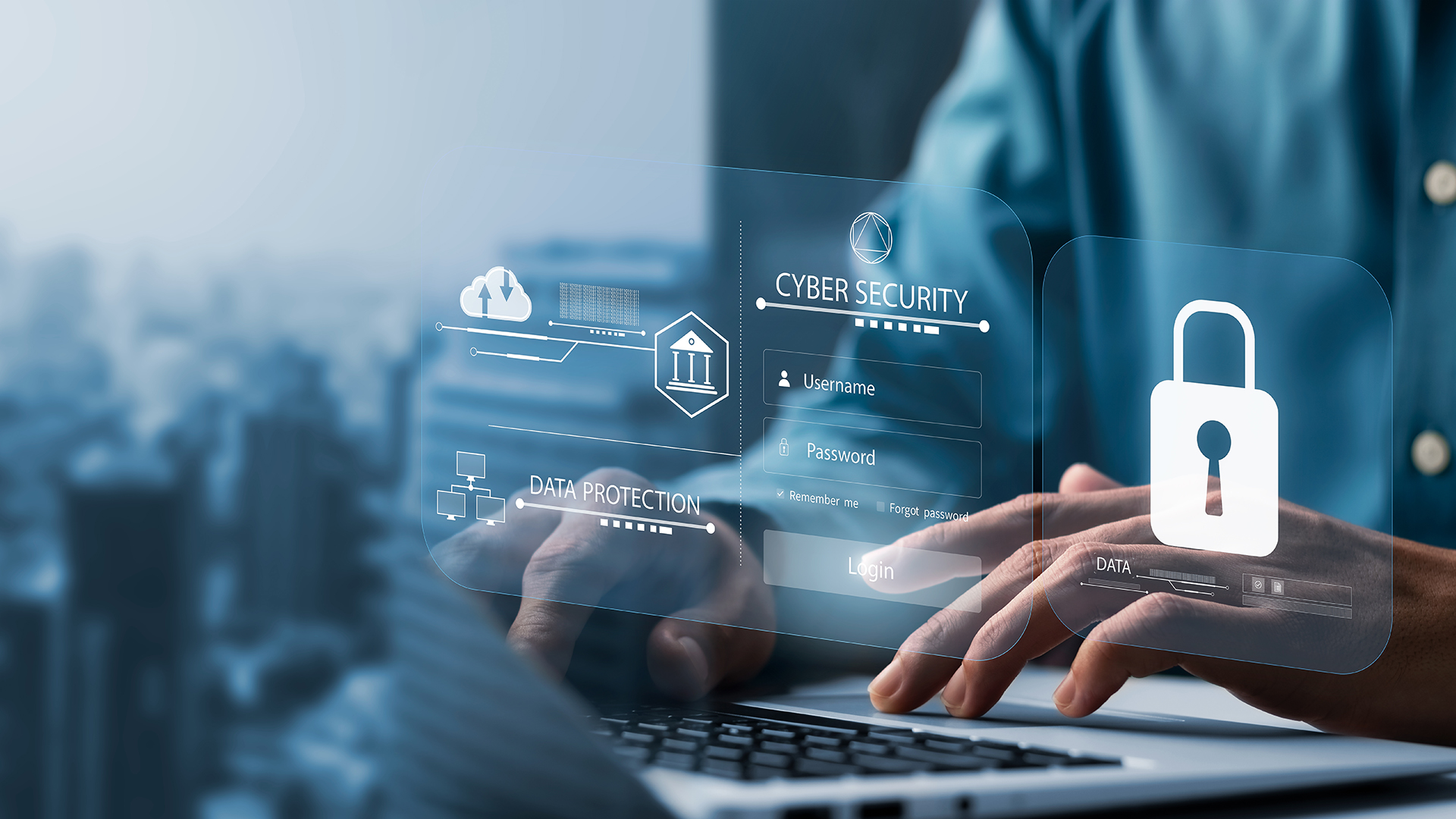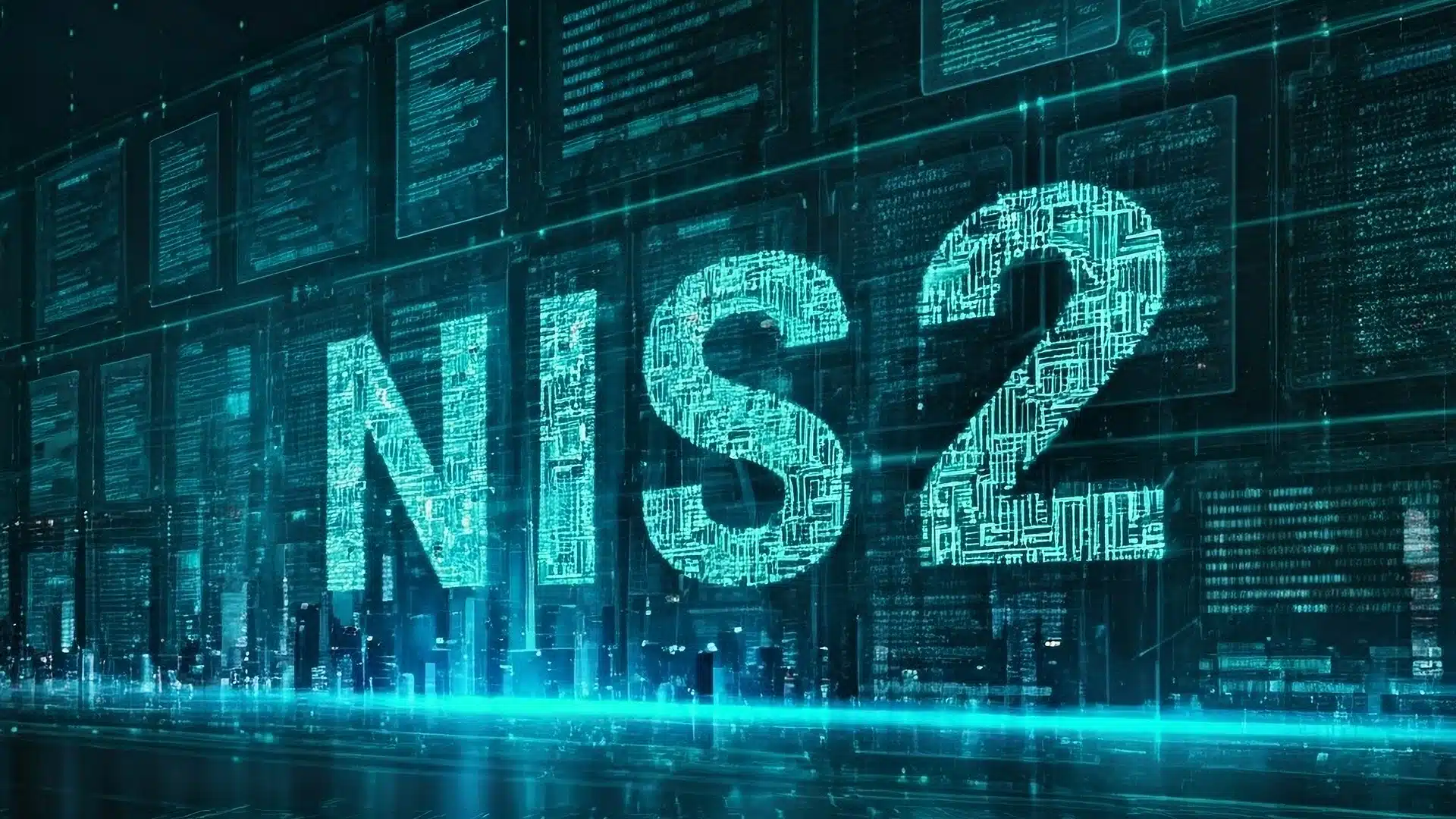Found this helpful? Share it with peers.
Introduction
Cybersecurity remains a cornerstone of technological advancement and operational stability in nearly every sector. In today’s rapidly evolving digital environment, cybersecurity stands as a vital foundation for technological progress and operational stability across all sectors. The complexity of the digital landscape continually increases, highlighting the critical need for robust cybersecurity measures. Effective cybersecurity is paramount not only for protecting personal and corporate data, but also for securing critical infrastructure and ensuring the continuity of essential services and processes.
Frameworks and standards (e.g. NIST CSF 2.0) provide structured guidance and a set of best practices to mitigate the risk of cyber threats. They help organizations align their security practices with industry benchmarks and regulatory requirements (e.g. NIS2, DORA), in order to:
- Identify vulnerabilities
- Protect critical assets
- Detect and respond to threats
- Recover from incidents
This blog dives into the concept of cybersecurity, discussing the key components that are relevant for organizations. Furthermore, an overview of the most important frameworks and regulatory requirements – NIST CSF 2.0, NIS2, DORA, ISO27001, ICT Minimum Standard, WiBA and BSI baseline protection – provides insights into how to fortify defenses against the ever-evolving landscape of cyber threats.
What is Cybersecurity?
Cybersecurity encompasses the technologies, processes, and practices that safeguard networks, systems, data, and digital services against unauthorized access, disruption, or attack.
Its core objective: ensure the confidentiality, integrity, and availability of information.
Effective cybersecurity integrates three essential dimensions:
1. People
Training, awareness, secure behavior, and responsibility.
2. Processes
Policies, incident-response workflows, risk management, and governance.
3. Technology
Security tools, monitoring systems, encryption, firewalls, authentication, and cloud protections.
Cybersecurity vs. IT Security vs. Information Security
Information Security
Protects information in all forms (digital or physical) and focuses on confidentiality, integrity, and availability.
IT Security
Protects digital data and systems within IT environments.
Cybersecurity
Protects systems, networks, and applications across the broader digital ecosystem — including cloud, remote services, and connected infrastructure.
Together, these three layers form a complete approach to managing information risk.
Regulatory Requirements and Standardized Frameworks in the Context of Cybersecurity
In the realm of cybersecurity, various frameworks and regulations have been established to guide organizations in enhancing their security measures. These frameworks and regulations provide structured approaches to managing cybersecurity risks, complying with legal requirements, and implementing best practices across industries. Below is a summary of some of the key standards and regulatory requirements.
| NIS2 | As an update to the EU’s Network and Information Systems directive, NIS2 expands the scope of security and incident reporting obligations to cover more sectors and digital services, aiming to boost the overall resilience of network and information systems across the EU. |
| DORA | The Digital Operational Resilience Act focuses on the financial sector within the EU, mandating institutions to ensure they can withstand all types of ICT disruptions and threats. It emphasizes the need for robust IT risk management, incident reporting, and resilience testing. |
| NIST CSF 2.0 | The NIST Cybersecurity Framework (CSF) is a set of recommended practices aimed at improving cybersecurity across all sectors. The framework provides organizations with a structured and measurable approach to identifying, assessing, and managing cybersecurity risk. |
| ISO 27001 | This international standard specifies the requirements for establishing, implementing, maintaining, and continually improving an information security management system (ISMS) within the context of the organization’s overall business risks. It is designed to ensure the selection of adequate and proportionate security controls. |
| ICT Minimum Standard | In Switzerland, the ICT Minimum Standard is a crucial requirement outlined in the new Electricity Supply Ordinance (StromVV), effective from July 1, 2024. It mandates that electricity producers, grid operators, and service providers meet strict ICT security standards to protect critical infrastructure. This regulation is essential for minimizing downtime and protecting against potential cyber threats, with structured steps covering identification, protection, detection, response, and recovery. |
| BSI IT baseline protection | Developed by the German Federal Office for Information Security (BSI), this framework offers a comprehensive approach to information security. It provides a detailed methodology for setting up an ISMS tailored to the complexities of modern IT systems, enhancing security management practices. |
| WiBA |
The WiBA cybersecurity regulation (Weg in die Basis-Absicherung or “Path to Basic Protection”) was developed by the German Federal Office for Information Security (BSI). It offers a streamlined and practical methodology for small and medium-sized enterprises (SMEs) to establish a foundational level of IT security with a cost-effective approach. Unlike more complex frameworks, WiBA focuses on implementing essential security measures to achieve a foundational level of protection. It is designed for organizations with limited resources or expertise, offering step-by-step guidance to mitigate risks effectively. Key components of WiBA include asset identification, risk analysis, and the implementation of prioritized, straightforward security controls. This regulation is particularly valuable for businesses looking to adopt a cost-effective yet robust approach to IT security.
|
These regulations and standards are crucial because they provide:
- Structured Approach: Helping businesses manage cybersecurity risks systematically and efficiently.
- Compliance: Assisting organizations in meeting legal and regulatory requirements.
- Trust: Building trust inside and outside the organization by demonstrating a commitment to cybersecurity.
By committing to cybersecurity, organizations can not only protect themselves from the impacts of attacks but also gain a competitive advantage.
Why Cybersecurity Regulations Matter
Cybersecurity regulations and standards provide:
-
Structure – aligned, predictable, repeatable processes
-
Compliance – meeting legal and industry requirements
-
Trust – demonstrating security commitment internally and externally
-
Efficiency – fewer errors, streamlined processes
-
Risk reduction – identifying threats earlier and responding faster
Organizations that adopt strong cybersecurity frameworks not only protect themselves — they gain competitive advantage, operational stability, and long-term resilience.
Comparing the Regulatory Requirements and Frameworks of Cybersecurity
Understanding the similarities and differences between various cybersecurity frameworks can help organizations choose the right approach to enhance their security posture.
Selecting the right framework involves considering the organization’s sector, size, and specific risk environment. Here are some guidelines:
For Critical Infrastructure:
NIST CSF is highly recommended due to its focus on sector-specific needs and its flexibility in implementation. In Switzerland, the ICT Minimum Standard is required for critical infrastructure operators, providing structured guidance to strengthen resilience and cybersecurity.
For EU Compliance:
NIS2 and DORA are essential for organizations operating within the EU, particularly in critical and financial sectors, due to their regulatory requirements.
For SMEs or Resource-Limited Organizations:
WiBA offers an accessible and effective approach for foundational IT security.
For General International Compliance:
ISO 27001 offers the broadest applicability, providing a foundation for compliance with various data protection regulations like GDPR.
For a detailed Implementation Guide:
BSI Baseline Protection is the go-to framework due to its precise and comprehensive approach to security management.
| NIS2 | European Union | Mandatory for essential, important or digital services |
| DORA | European Union | Mandatory for financial service providers and critical ICT providers |
| NIST CSF 2.0 | USA, Critical Infrastructure | Voluntary |
| ISO 27001 | General International Compliance | Voluntary |
| ICT Minimum Standard |
Switzerland
|
Mandatory for operators of critical infrastructure |
| BSI IT Baseline Protection | General International Compliance | Voluntary |
| WiBA | Germany | Voluntary, tailored for SMEs |
Benefits of Implementing Cybersecurity Frameworks with GRC Tools
Integrating cybersecurity frameworks with Governance, Risk Management, and Compliance (GRC) tools, such as our GRC Tool ADOGRC is crucial for enhancing an organization’s ability to manage risks efficiently and ensure compliance with various regulations. GRC tools streamline and automate many aspects of these frameworks, making cybersecurity initiatives more effective and less prone to errors. They provide a centralized platform to oversee all activities, which is particularly beneficial for:
1. Centralized Governance and Visibility
All cybersecurity controls, risks, assets, and processes in one place.
2. Automation and Consistency
Automated workflows ensure tasks are performed correctly, consistently, and on time.
3. Traceability and Documentation
Revision-safe histories, audit trails, and transparent accountability.
4. Stakeholder Collaboration
Role-based access, notifications, and clear responsibilities.
5. Continuous Improvement
Real-time analytics and dashboards reveal gaps, maturity levels, and progress.
6. Template-Based Implementation
Preconfigured templates aligned with NIST CSF 2.0, DORA, NIS2, ISO 27001, etc., accelerate adoption and reduce manual effort.
Hint: Explore tailored solutions for DORA, ISO 27001 and NIS2 and see how tool-based support can make your cybersecurity efforts easier.
Summary
Cybersecurity regulations and standards such as NIS2, DORA, NIST CSF 2.0, ISO 27001, ICT Minimum Standard, BSI Baseline Protection, and WiBA provide the structured foundations organizations need to stay secure in a constantly evolving threat landscape.
By combining these frameworks with a powerful GRC tool like ADOGRC, organizations gain:
-
stronger compliance
-
better visibility
-
automated workflows
-
real-time risk insights
-
and resilient cybersecurity operations
As cyber threats continue to accelerate, aligning with recognized frameworks and leveraging GRC automation becomes essential for long-term protection and competitive advantage.






